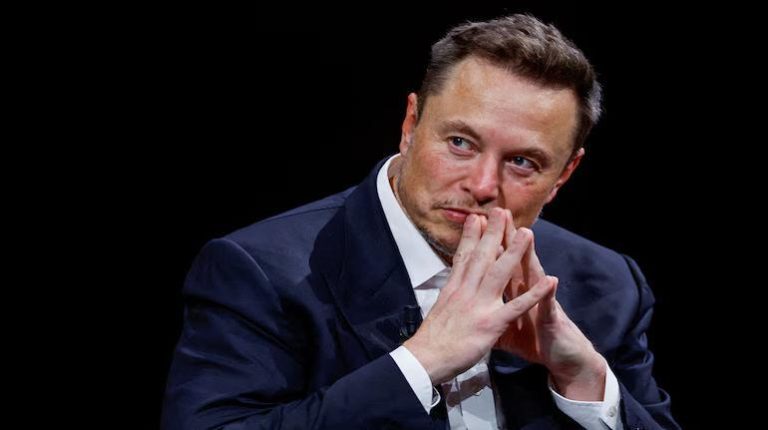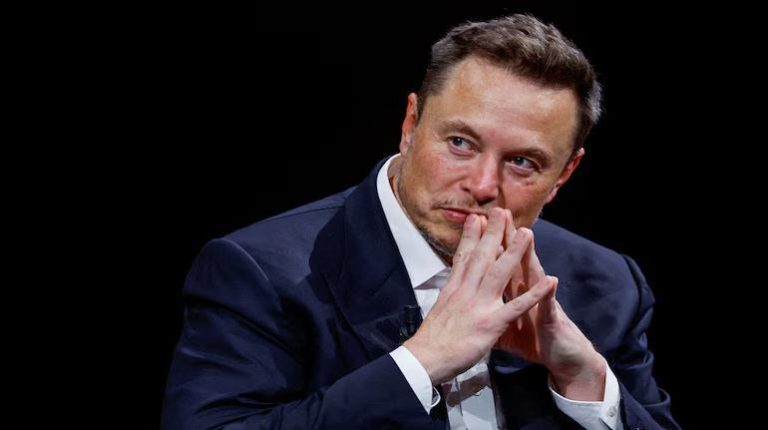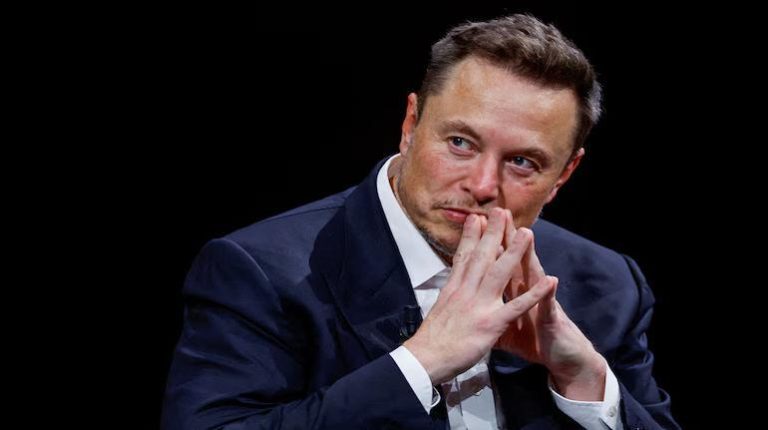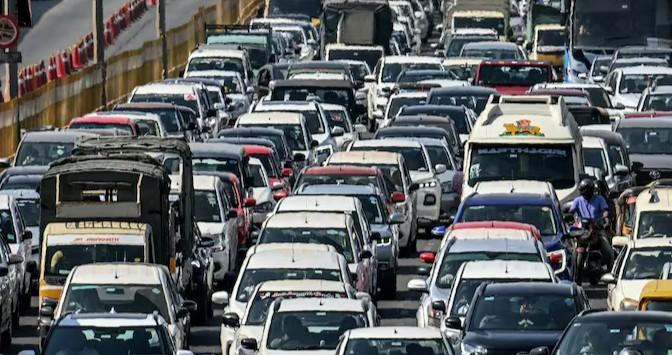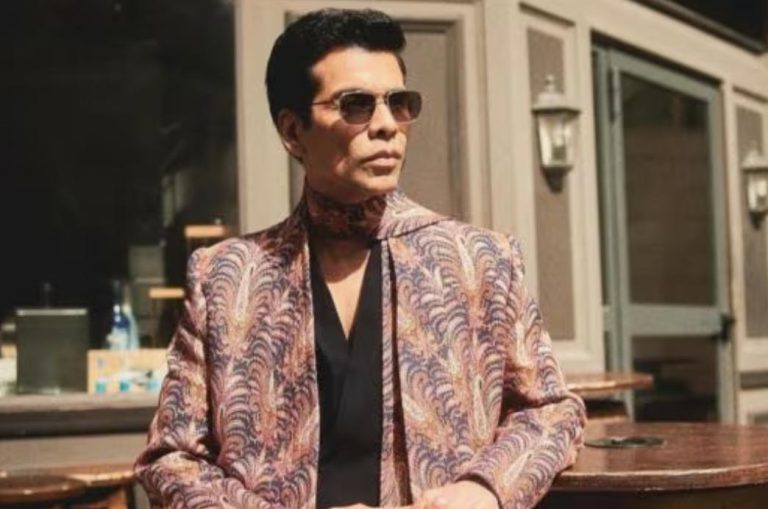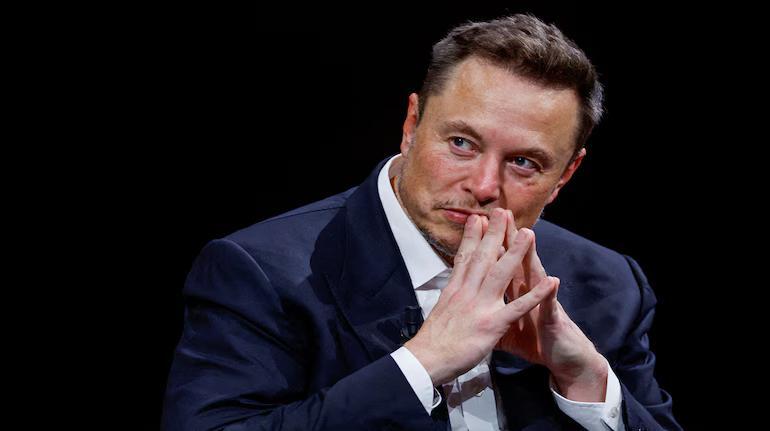
Poverty an engineering issue, AI & humanoid robots will end it: Musk
The world has been grappling with the issue of poverty for centuries, with various approaches being taken to alleviate it. However, according to billionaire and xAI CEO Elon Musk, the solution to poverty lies in engineering, specifically in the realms of artificial intelligence (AI) and humanoid robots. Speaking at the US-Saudi Investment Forum, Musk opined that poverty is an engineering issue that can be solved with the help of AI and robotics.
Musk’s statement may seem like a bold claim, but he has a clear vision of how AI and robotics can eliminate poverty. He believes that as these technologies advance, they will be able to perform tasks that are currently done by humans, freeing up people to pursue more creative and fulfilling endeavors. With the help of AI and robotics, Musk envisions a future where everyone’s basic needs are met, and people are able to live a life of prosperity and comfort.
One of the key ways in which AI and robotics can help eliminate poverty is by increasing productivity. By automating tasks that are currently done by humans, AI and robotics can help reduce the cost of goods and services, making them more affordable for people around the world. Additionally, AI and robotics can help improve the efficiency of industries such as agriculture, healthcare, and education, which are critical to the well-being of individuals and communities.
Musk also believes that AI and robotics can help create new industries and job opportunities, which can help lift people out of poverty. For example, the development of humanoid robots can create new job opportunities in fields such as robotics engineering, AI development, and robotics maintenance. Additionally, the use of AI and robotics in industries such as manufacturing and logistics can create new job opportunities in areas such as AI training and deployment.
Another way in which AI and robotics can help eliminate poverty is by providing people with access to education and skills training. With the help of AI-powered learning platforms, people can acquire new skills and knowledge, which can help them secure better-paying jobs and improve their economic prospects. Additionally, AI-powered chatbots and virtual assistants can provide people with access to information and resources, which can help them navigate complex systems and make informed decisions about their lives.
Musk’s vision of a future where AI and robotics have eliminated poverty is not just a pipe dream. He has already begun working on several projects that are aimed at making this vision a reality. For example, his company Tesla is working on the development of autonomous vehicles, which can help reduce the cost of transportation and improve access to goods and services. Additionally, his company Neuralink is working on the development of brain-machine interfaces, which can help people control devices with their minds and potentially even enhance their cognitive abilities.
As AI and robotics continue to advance, Musk believes that money will eventually stop being relevant in the future. With the help of AI and robotics, people will be able to produce all the goods and services they need, without the need for traditional forms of employment. This vision of a future where technology has made traditional forms of employment obsolete is not unique to Musk, and it is a topic of much debate among experts and policymakers.
However, while Musk’s vision of a future where AI and robotics have eliminated poverty is exciting, it also raises important questions about the potential risks and challenges associated with these technologies. For example, the development of AI and robotics raises important questions about job displacement and the potential for these technologies to exacerbate existing social and economic inequalities.
Additionally, the development of humanoid robots raises important questions about the potential risks and consequences of creating machines that are capable of thinking and acting like humans. As AI and robotics continue to advance, it is critical that we have a nuanced and informed conversation about the potential benefits and risks of these technologies, and that we work to ensure that their development and deployment are aligned with human values and interests.
In conclusion, Elon Musk’s statement that poverty is an engineering issue that can be solved with the help of AI and robotics is a bold and exciting claim. While there are certainly challenges and risks associated with these technologies, Musk’s vision of a future where AI and robotics have eliminated poverty is a compelling one. As we continue to advance and develop these technologies, it is critical that we prioritize the needs and interests of all people, and that we work to ensure that the benefits of these technologies are shared by everyone.
